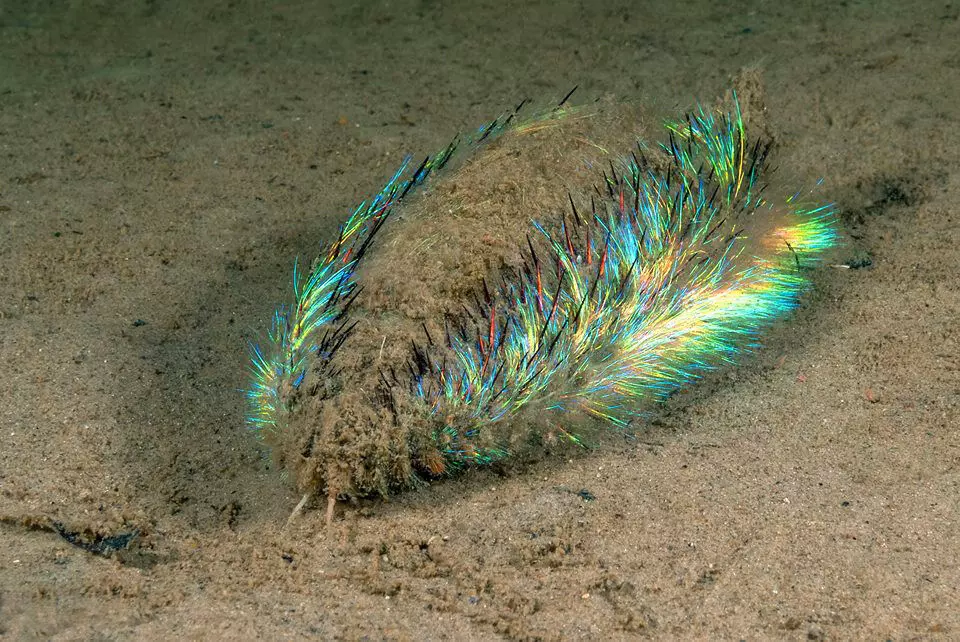
Green fluorescent creature found at Edinburgh beach, Experts debunks identity
text_fieldsEdinburgh: Mike Arnott was surprised to find that what he assumed to be a moss-covered pine cone was alive and moving. The 33-year-old was taking a walk along Portobello Beach in Edinburg when he came across a strange creature.
The green, fluorescent object reminded him of an alien. It had needle-like structures in bright green and gold colours. Attracted by its appearance, he flipped it over and saw it had a lot of tiny legs. He then assumed that it might be something from the deep sea, reported Edinburgh Live.
Pete Haskell from the Scottish Wildlife Trust put the speculations to rest and identified the creature as a sea mouse, a type of worm. "It looks a bit strange being out of the water, but it's a type of marine bristle worm that's found all around the UK coast," said the expert. The sea mouse can grow up to 30 cm in length. They feed on small crabs, hermit crabs, and other worms. While it is an active predator, it is not considered harmful in any way to humans.
The shimmering green and gold bristles make it different from other marine animals. It can also flash green, blue, or red as a mechanism to warn off predators. The fluorescent appearance of the worm is considered to be a remarkable example of photonic engineering by a living organism. Structural colouration is a defence mechanism produced by the hexagonal cylinders within the spines. They work way better than any man-made optical fibre.






